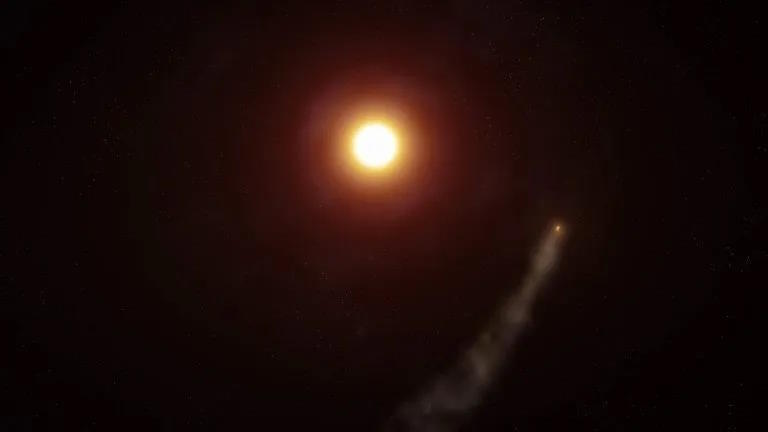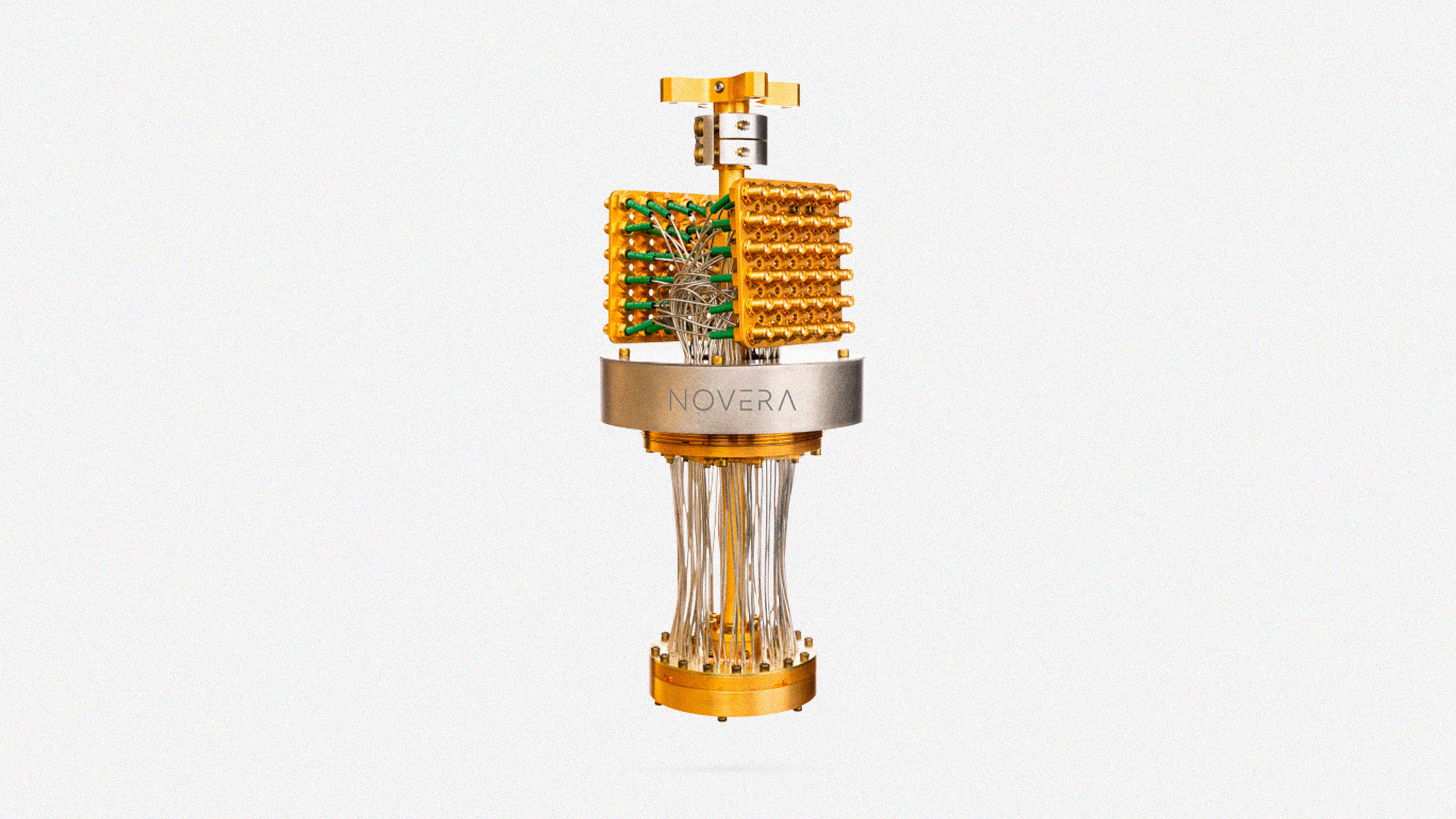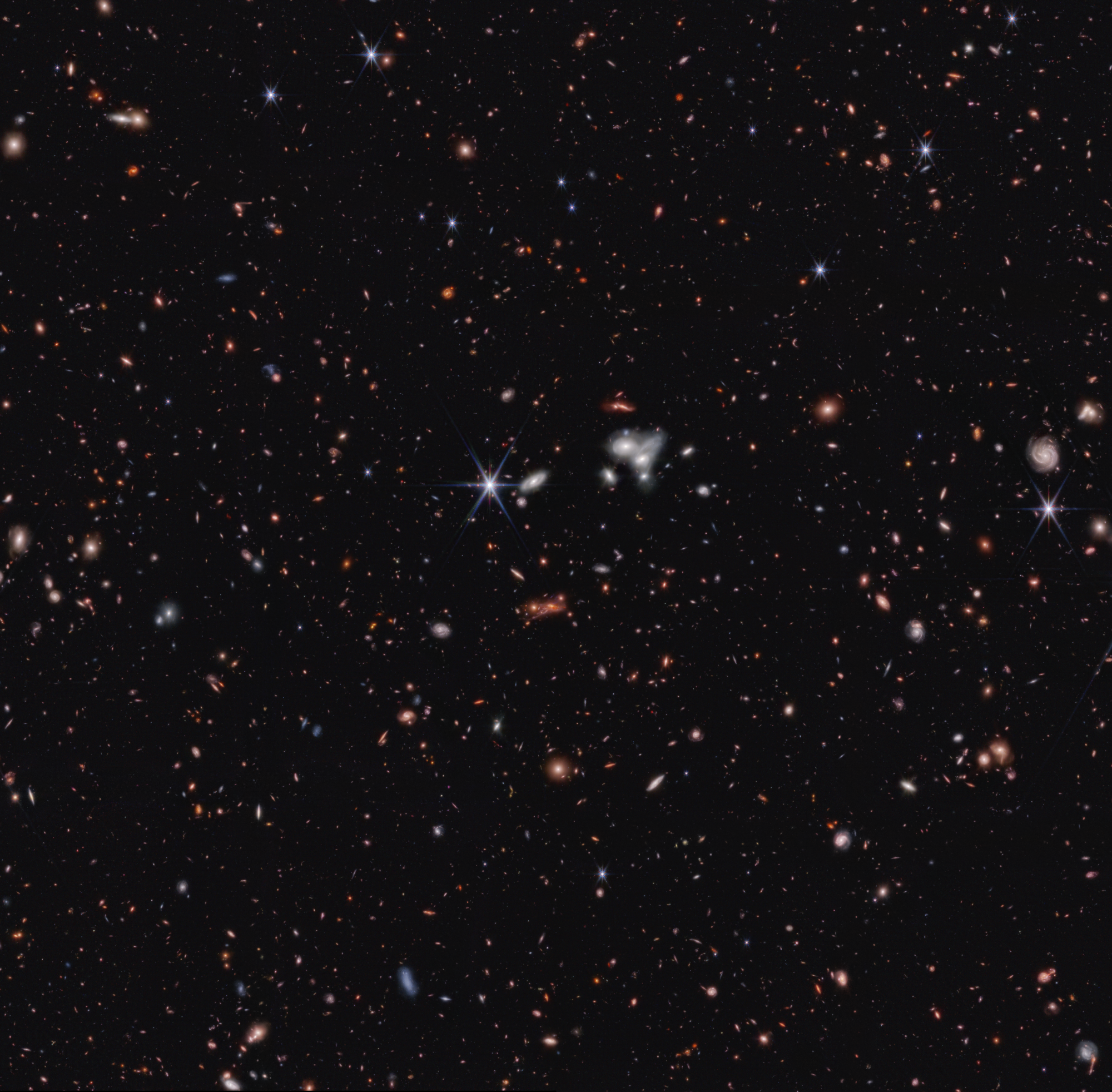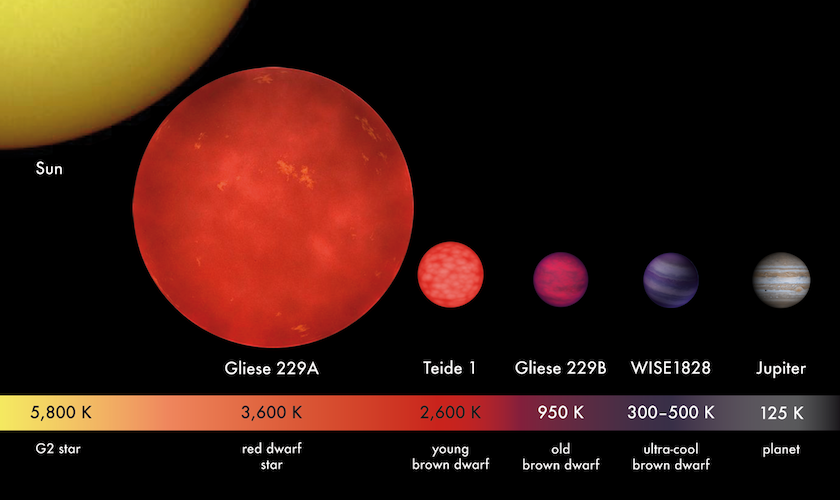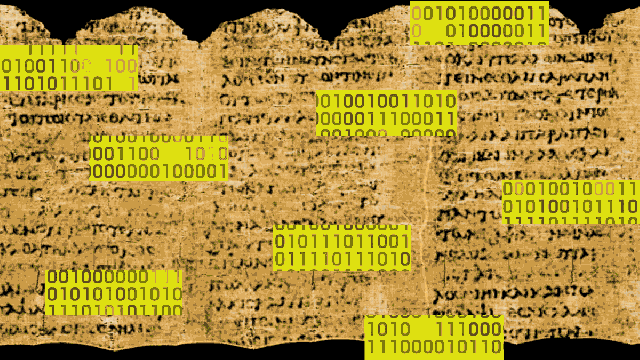Starts With A Bang podcast #103 – Active galaxies and the universe

- At the center of practically every galaxy lies a supermassive black hole, with large galaxies boasting black holes in the millions or even billions of solar masses.
- When enough matter encounters that central black hole, it starts feeding the black hole, causing it to activate and produce energetic bursts and outflows of particles and radiation.
- These active cores of galaxies can not only feed back onto the galaxy itself, but can affect even the wider Universe. Here’s the story you haven’t heard.
All throughout the Universe, galaxies exist in a great variety of shapes, ages, and states. Today’s galaxies come in spirals, ellipticals, irregulars, and rings, all ranging in size from behemoths hundreds or even thousands of times larger than the Milky Way to dwarf galaxies with fewer than 0.1% of the stars present here in our cosmic home. But at the centers of practically all galaxies, particularly the large ones, lie supermassive black holes.
When matter falls in towards these black holes, it doesn’t just get swallowed, but accelerates and heats up, leading to phenomena like accretion disks, jets, and emitted radiation all across the electromagnetic spectrum. When these conditions exist, we know we have what’s called an active galaxy, and it isn’t just the rest of the galaxy that’s impacted by that central activity, but far larger structures in the Universe beyond.
Here to help us explore these objects and their impact this month is Skylar Grayson, a PhD candidate at the School of Earth and Space Exploration at Arizona State University. Skylar works at the intersection of theory and computational astrophysics, and helps simulate the Universe while focusing on the inclusion and modeling of this type of galactic activity, and is one of the people helping uncover just how profound of a role these galaxies play in shaping the Universe around them. Buckle up for another exciting 90 minute episode; you won’t want to miss it!
